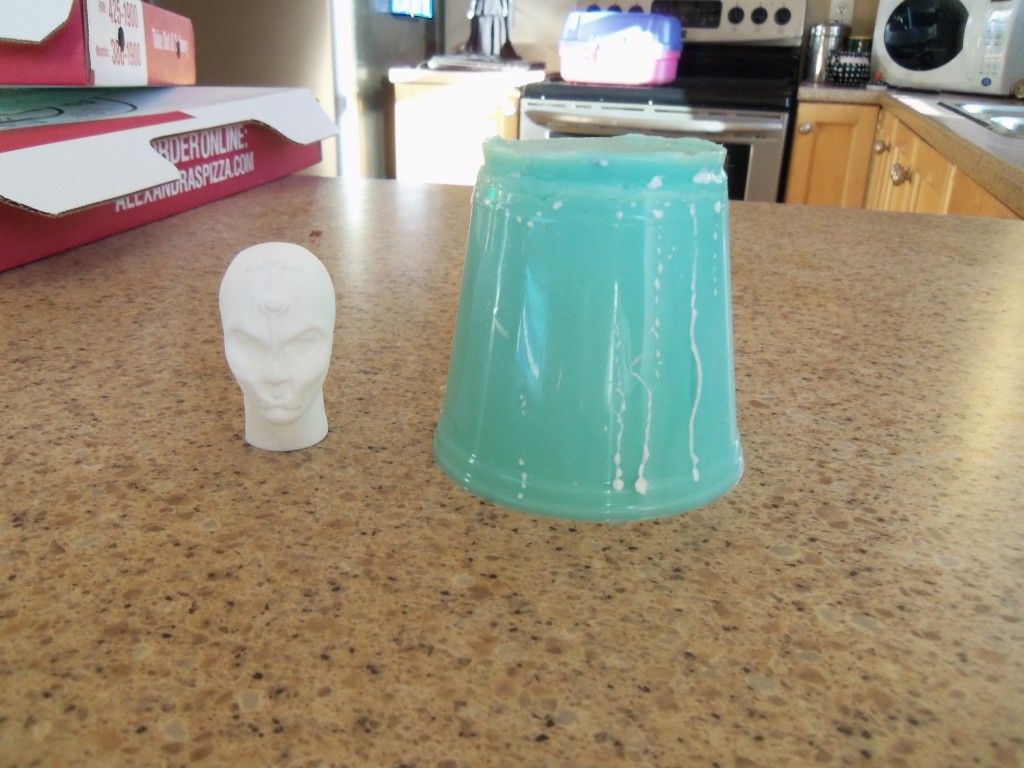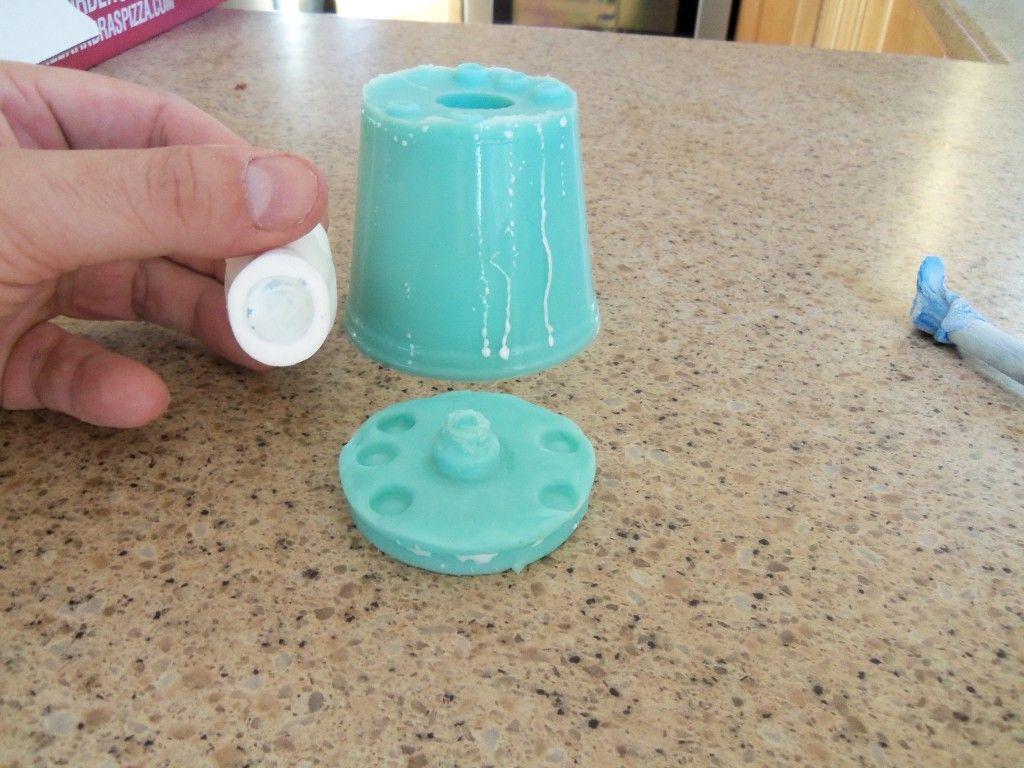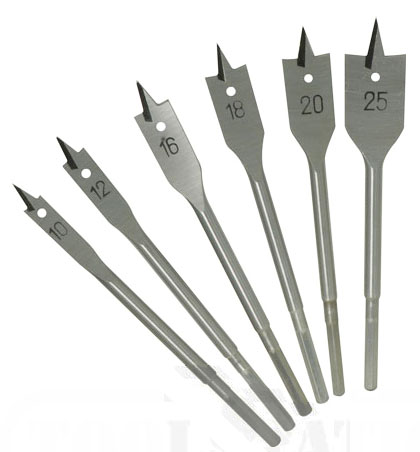zenonithus
Freaked Out
- Joined
- Jan 6, 2009
- Messages
- 177
- Reaction score
- 6
I've looked all over and can't find any solid info on creating a good mold from silicone.
Say I wanted to make a resin copy of a hot toys head, the one that fits on to a TTM19 body with no neck. I'm having trouble trying to figure out how to go about this?
Should it be in two, three parts? where would the pouring point be? I'm sure I've seen people casting heads like this, though have no idea how they go about the mold, nor can I find any sort of tutorial that deals with 1/6 head molds. I can understand it would be easier to mold a head with a neck as the neck would be the pouring point, though casting one with a huge hollow hole like the hot toys heads is baffling me. Also how does one go about making a mold in two separate parts in order to open up? I'm also assuming a third part will be needed to define the hollow area inside the head?
Is head casting a close guarded secret or something?
Say I wanted to make a resin copy of a hot toys head, the one that fits on to a TTM19 body with no neck. I'm having trouble trying to figure out how to go about this?
Should it be in two, three parts? where would the pouring point be? I'm sure I've seen people casting heads like this, though have no idea how they go about the mold, nor can I find any sort of tutorial that deals with 1/6 head molds. I can understand it would be easier to mold a head with a neck as the neck would be the pouring point, though casting one with a huge hollow hole like the hot toys heads is baffling me. Also how does one go about making a mold in two separate parts in order to open up? I'm also assuming a third part will be needed to define the hollow area inside the head?
Is head casting a close guarded secret or something?














































